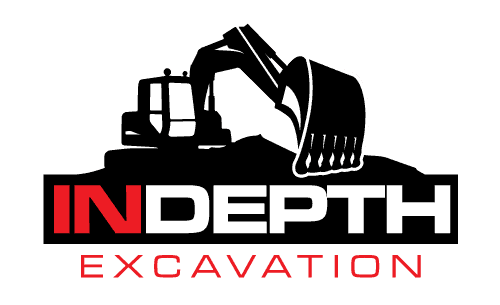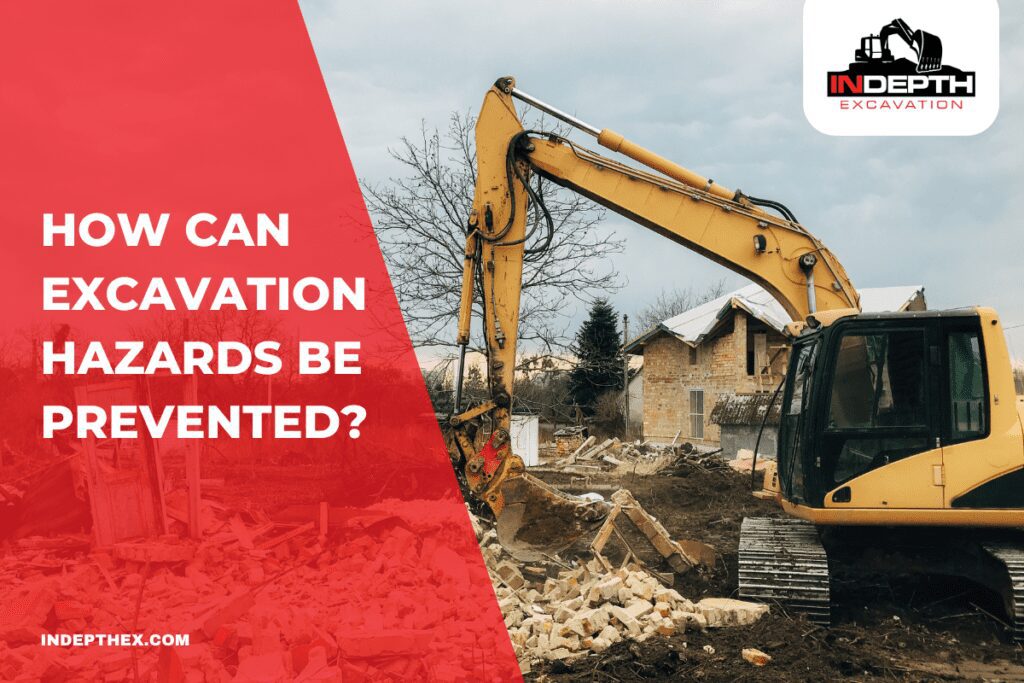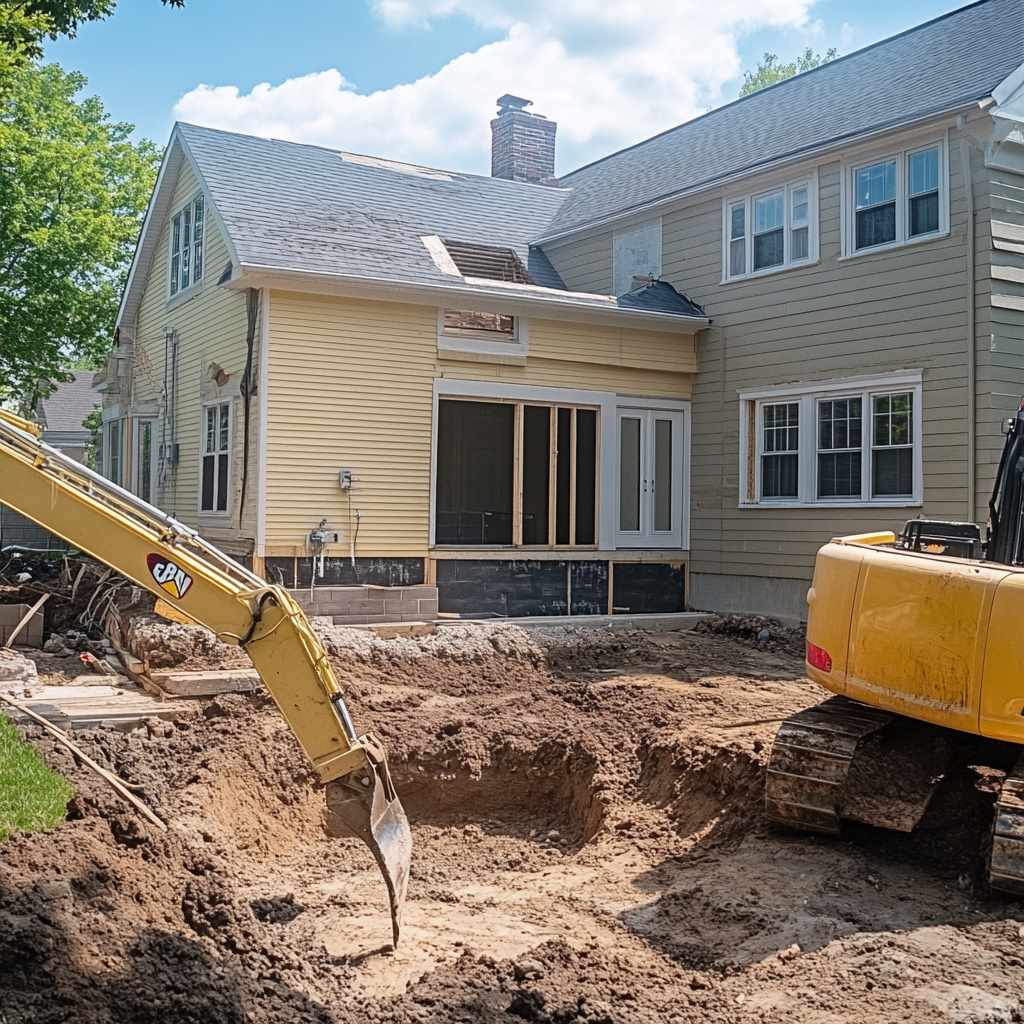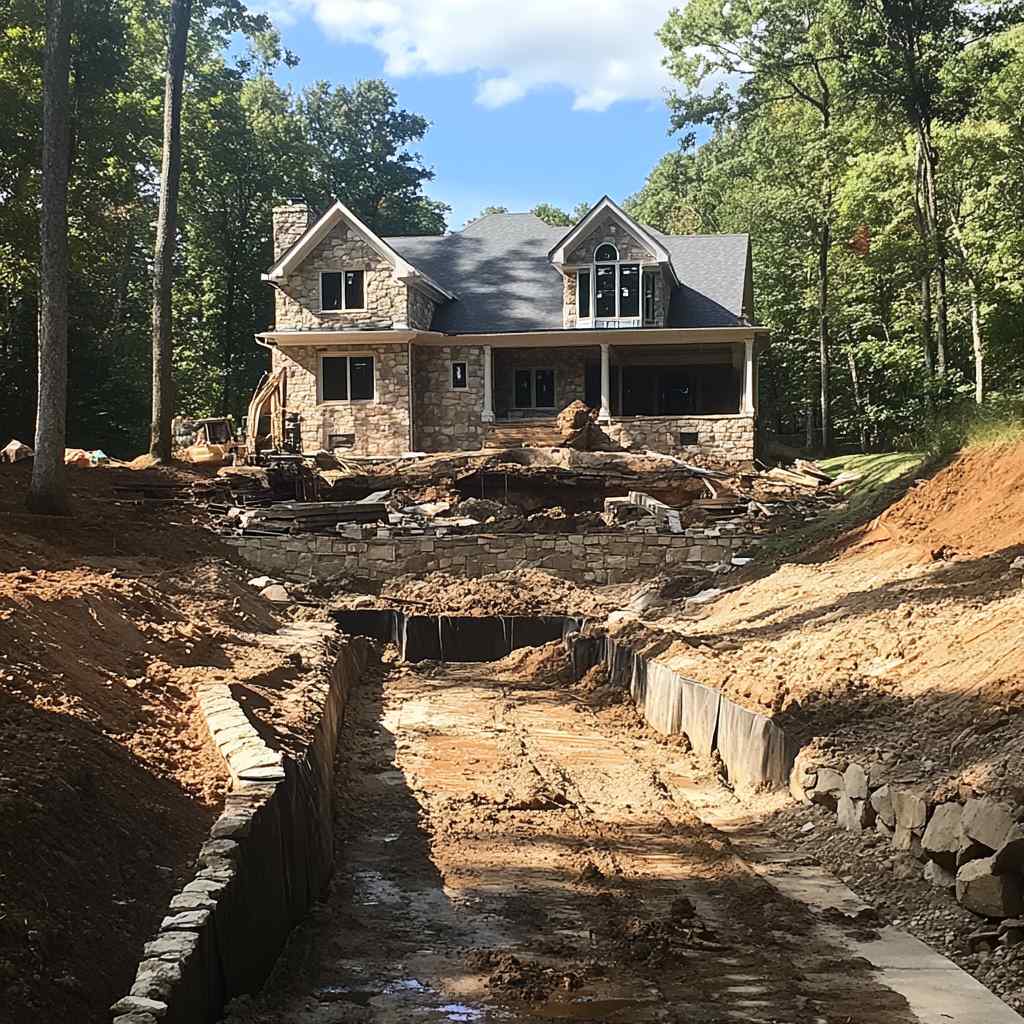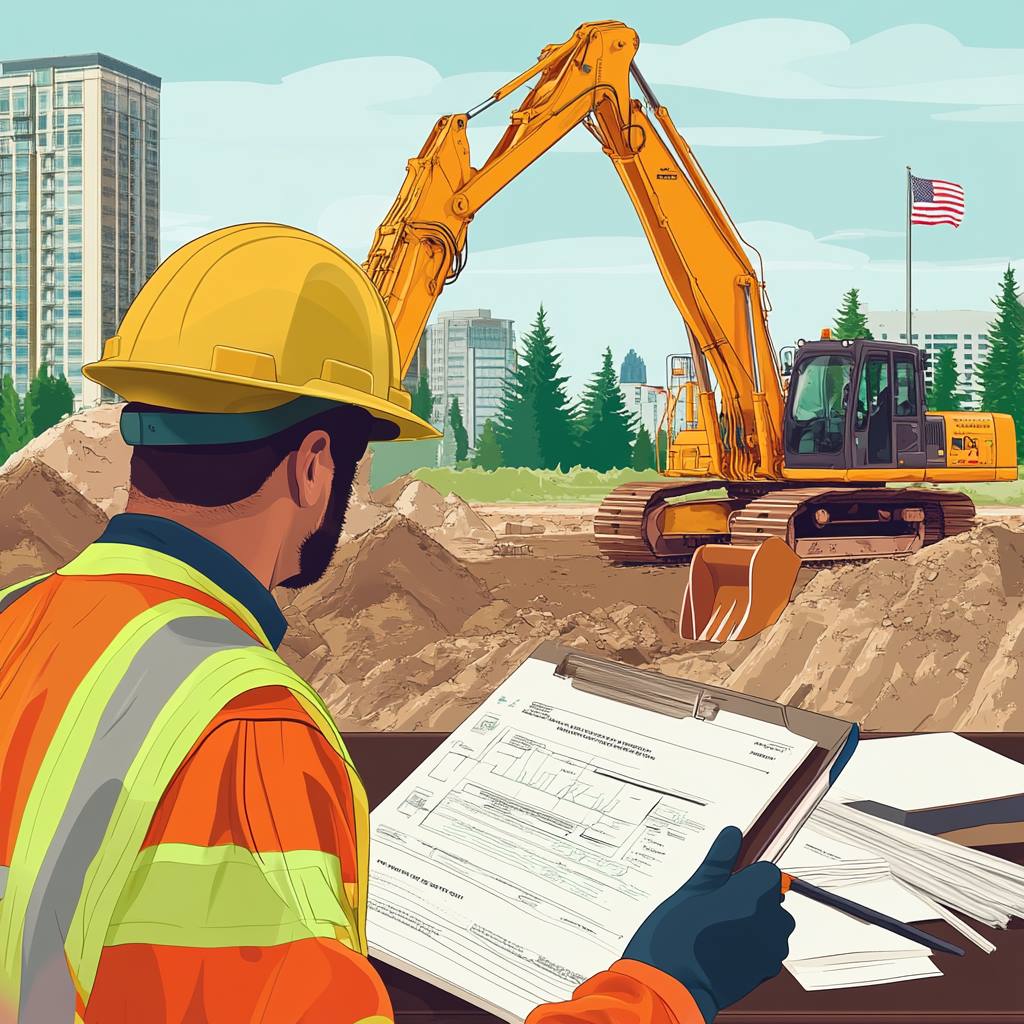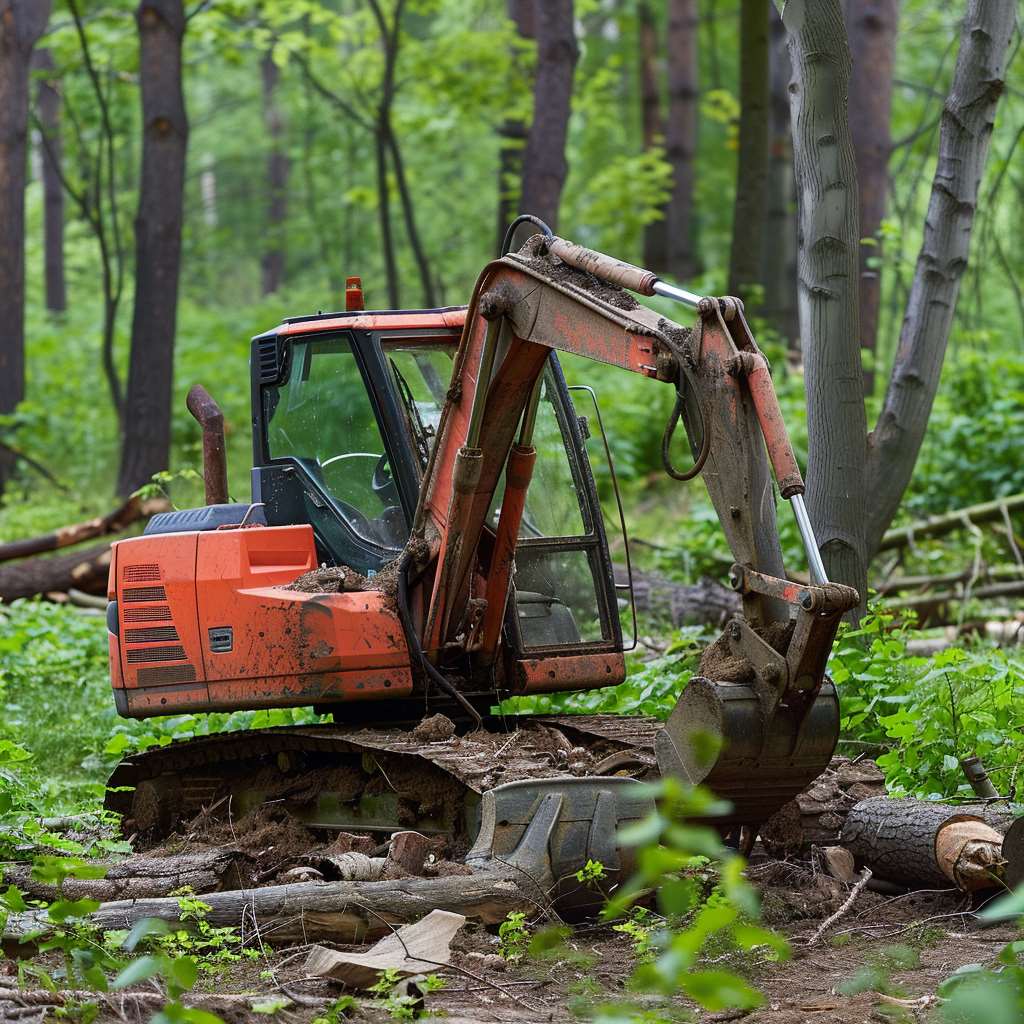How Can Excavation Hazards be Prevented?

Important procedures and tips from experts in safe excavation practices across Everett and Snohomish County.
For homeowners, builders, or anyone considering excavation work, we want to be upfront: excavation safety is non-negotiable. Without the right training and oversight, what seems like a simple dig can turn deadly fast. If you’re thinking of taking on a project yourself, we urge you to reconsider. Let trained professionals handle the heavy lifting so you don’t put yourself or others at risk.
Need help with a project? In-Depth Excavation works within your budget and takes on jobs of all sizes. Safety is one thing you don’t want to gamble with.
Working in the trenches is dangerous
It’s no secret that trench work is one of the most dangerous types of excavation. According to the Environmental Health and Safety (EHS) division, even a small misstep can have devastating results. They report that workers in trenching operations face a mortality rate 112% higher than those in general construction. That’s a chilling number, and it’s a reminder that excavation hazards are not just hypothetical.
The Bureau of Labor Statistics reports that about two workers die each month in the U.S. due to trench collapses. In just the first half of 2022, the U.S. Department of Labor counted 22 fatalities linked directly to trench-related accidents. Behind every one of these statistics is a story of lives changed forever.
For example, on July 14, 2022, the U.S. Department of Labor made a public statement about the rise in trench fatalities. The department announced new nationwide enforcement measures, aiming to crack down on unsafe trenching and excavation practices. Their message was simple but urgent: every one of these accidents could have been prevented with basic safety steps.
Doug Parker, Assistant Secretary for OSHA, put it bluntly:
“In a matter of seconds, workers can be crushed and buried under thousands of pounds of soil and rocks in an unsafe trench.”
His statement called out employers and contractors alike, emphasizing that ignoring safety guidelines is inexcusable. Trench collapses are fast, brutal, and usually deadly, but completely avoidable when the right procedures are followed.
Guidance to strengthen excavation safety procedures
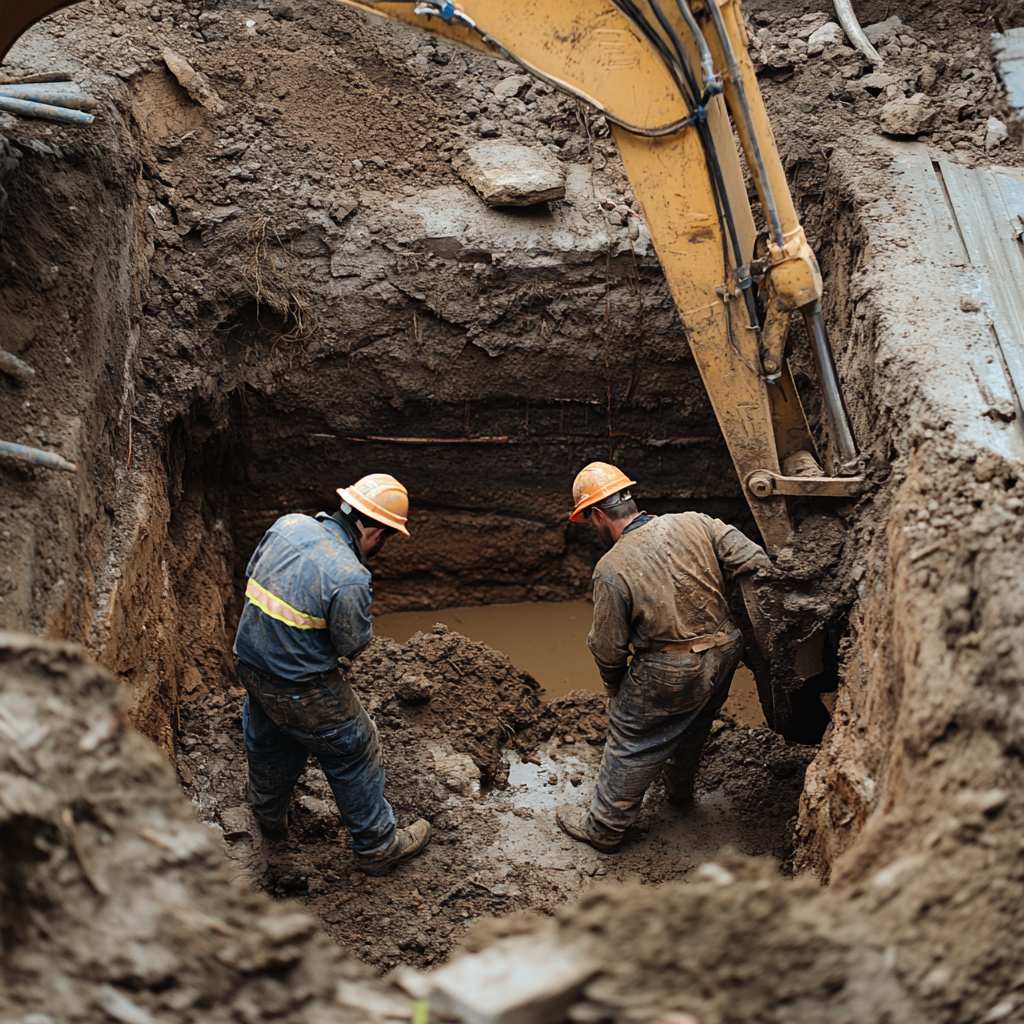
The Occupational Safety and Health Administration (OSHA) has made trenching safety a top priority. Why? Because trench collapses remain one of the deadliest excavation hazards in the industry. OSHA’s guidance is straightforward and built around three proven methods:
-
Slope trench walls by cutting back the wall at an angle inclined away from the excavation.
-
Shore the trench with supports like hydraulic jacks or timber to prevent soil movement.
-
Shield the trench by using trench boxes or similar protective systems to keep workers safe inside.
These aren’t just best practices, they are legally required safeguards. Failing to put them in place not only risks lives but opens the door to major fines and legal consequences.
To keep worksites safe, daily safety inspections are also critical. This means inspecting trenches before work begins each day and whenever conditions change (such as after heavy rain). It’s also essential to:
-
Keep heavy equipment away from trench edges.
-
Mark and avoid underground utilities.
-
Always use proper personal protective equipment (PPE).
-
Test air quality for low oxygen or toxic gases before entry.
-
Never work under raised loads or unsupported trench walls.
Safety is not a one-time effort, it is a mindset and a continuous process.
Practical Steps to Keep Excavation Sites Safe
Guidelines are important, but real safety happens when those rules are put into action. OSHA lays out the standards, and it’s up to contractors and crews to make sure those standards are more than just paperwork. At In-Depth Excavation, excavation safety is part of every move we make, not just something we talk about at morning meetings.
So, what does staying safe actually look like on-site?
First, planning is key. Every job should start with a clear site assessment. This means checking for:
-
Soil type and stability (whether it is sandy, clay-heavy, or rocky)
-
Weather forecasts (since rain can quickly turn a safe trench into a hazard)
-
Utility lines (gas, water, electric)
Next, setting up physical protections makes all the difference. Before a shovel hits the dirt, trenches must be secured using sloping, shoring, or shielding systems without exception. But even when the trench is protected, that is not the end of it. Crews must:
-
Keep spoil piles (excavated dirt) at least two feet away from trench edges.
-
Use ladders or ramps for safe entry and exit, spaced every 25 feet in trenches 4 feet deep or more.
-
Monitor the trench continuously, especially after weather changes.
Training is another critical layer. OSHA requires that a “competent person” oversee trenching work. This is not just a title, it means someone with the knowledge and authority to identify hazards and correct them right away. At In-Depth Excavation, we make sure that every site has someone with deep experience who knows how to respond fast when things are not right.
Snohomish County Safety: What You Need to Know
Local rules matter just as much as federal ones. Snohomish County follows Washington State Department of Labor & Industries (L&I) standards, which align closely with OSHA but can also include additional requirements for environmental protection and public safety.
For example, Snohomish requires utility marking before any excavation can begin (you will want to call 811 to have underground utilities located). They also stress erosion control, especially near waterways, and may require permits for certain types of trenching work.
We always recommend visiting the Snohomish County Planning and Development Services website for the most current information. Regulations can shift depending on where you are working, and cutting corners here can lead to fines or unsafe conditions.
Why Inspections and Checklists Save Lives
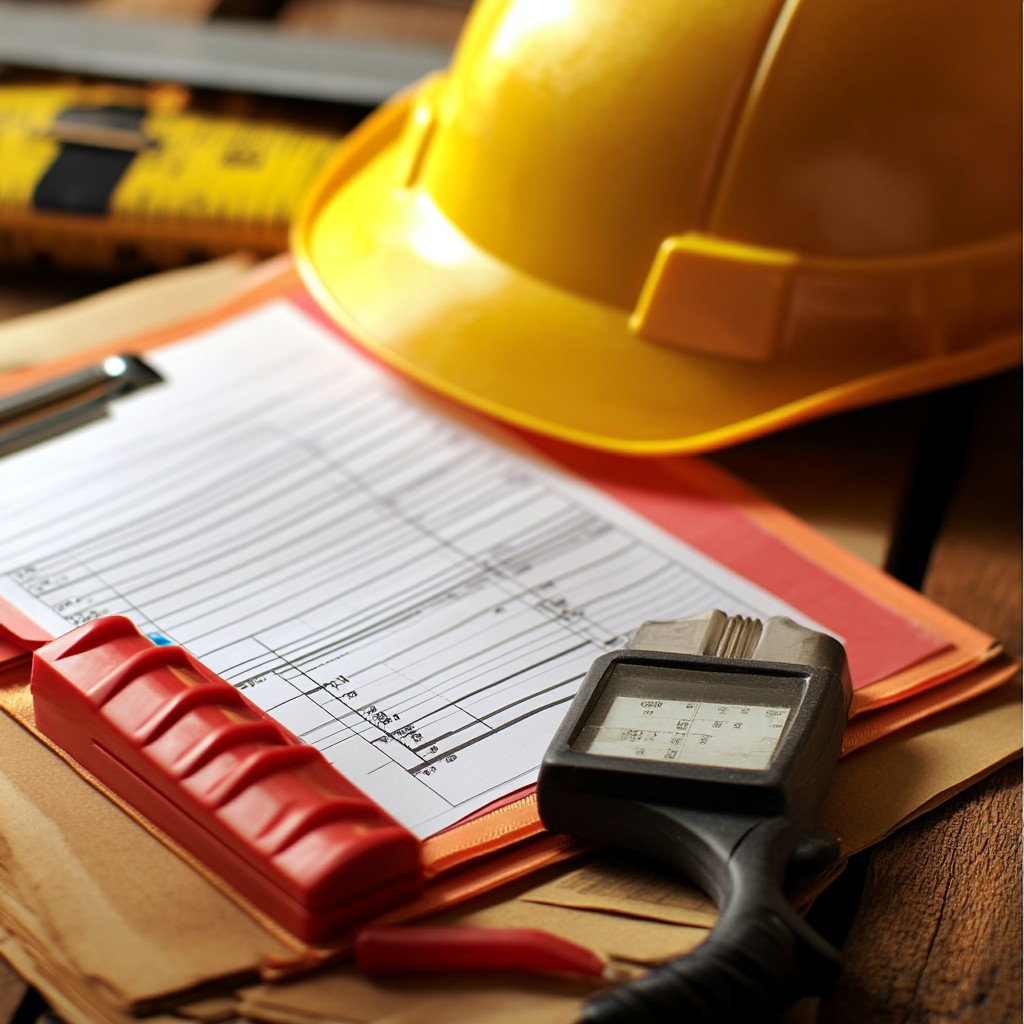
No matter how careful your planning is, excavation sites are dynamic places. Soil shifts. Equipment wears down. And people, being human, sometimes miss things. That is why daily inspections are non-negotiable.
Before work begins each day, someone trained and authorized (again, the “competent person”) needs to:
-
Inspect trench walls for cracks or bulging.
-
Check that protective systems are holding steady.
-
Confirm that ladders and ramps are still secure.
-
Reassess air quality if working in deeper trenches.
If weather has changed or new work has been done that could affect trench stability, that inspection needs to happen again. Even something as simple as overnight rain can turn a safe trench into a potential collapse zone by morning.
At In-Depth Excavation, inspections are built into our workflow. We don’t see them as a chore, they are our first line of defense in keeping people alive and well.
Protecting What Matters
Excavation hazards are no small threat, but with the right precautions, every job can be done safely and successfully. Whether it is through detailed planning, strict adherence to OSHA standards, or continuous on-site inspections, safety must come first every step of the way.
In-Depth Excavation has built its reputation on doing things the right way (from the ground up), offering expert service backed by a proven safety record. If you are planning a project and want the peace of mind that comes with expert handling and a proven safety record, reach out to us today. Let’s make sure your excavation is done safely, professionally, and on budget.
Contact In-Depth Excavation now at (425) 367-1521 and get your project started the right way.
